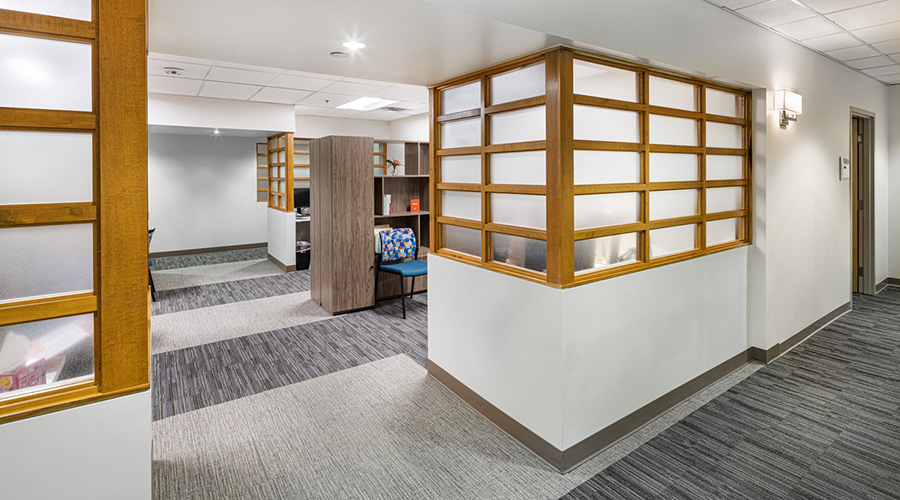The University of Florida’s Clinical Translational Research Building (CTRB) was designed (by Perkins+Will) to encourage collaborative study by placing complementary institutes and departments under one roof and incorporating three main components: healthcare, education, and research, according to an article and accompanying photo gallery on the Healthcare Design magazine's website.
The CTRB includes spaces for interactions between researchers, students and patients, including a variety of indoor and outdoor healing environments and other common areas.
According to the article, the building incorporates low-emission materials that help to improve indoor air quality and photovoltaic cells and light sensors that increase efficient energy production. Along with providing energy-saving natural daylight, solar radiation is also used to heat the building’s water. Rainwater is collected to irrigate the landscaping while displacement ventilation systems help keep the building cool.
The building is designed to achieve LEED Platinum and Living Building status.
Read the article and view the photo gallery.

 Ribbon Cutting Marks First Phase Completion for New Montefiore Einstein Facility
Ribbon Cutting Marks First Phase Completion for New Montefiore Einstein Facility Brooks Rehabilitation Launches 3 New Major Construction Projects
Brooks Rehabilitation Launches 3 New Major Construction Projects Joint Commission Standards: What Updates Matter Most?
Joint Commission Standards: What Updates Matter Most? Swinerton Completes Construction at Atlanta's Grady Hospital
Swinerton Completes Construction at Atlanta's Grady Hospital NY Governor Hochul Announces $300M in Funds for IT and Cybersecurity
NY Governor Hochul Announces $300M in Funds for IT and Cybersecurity